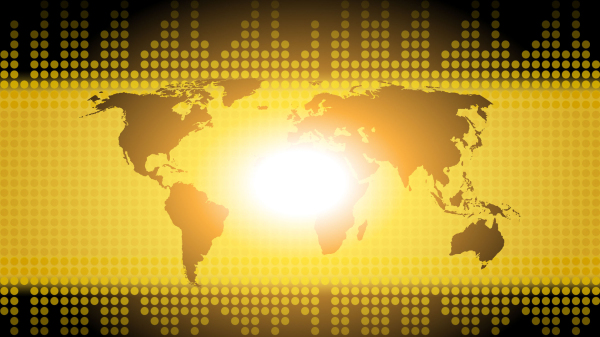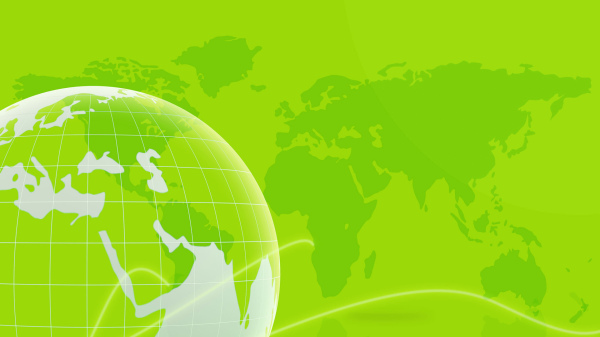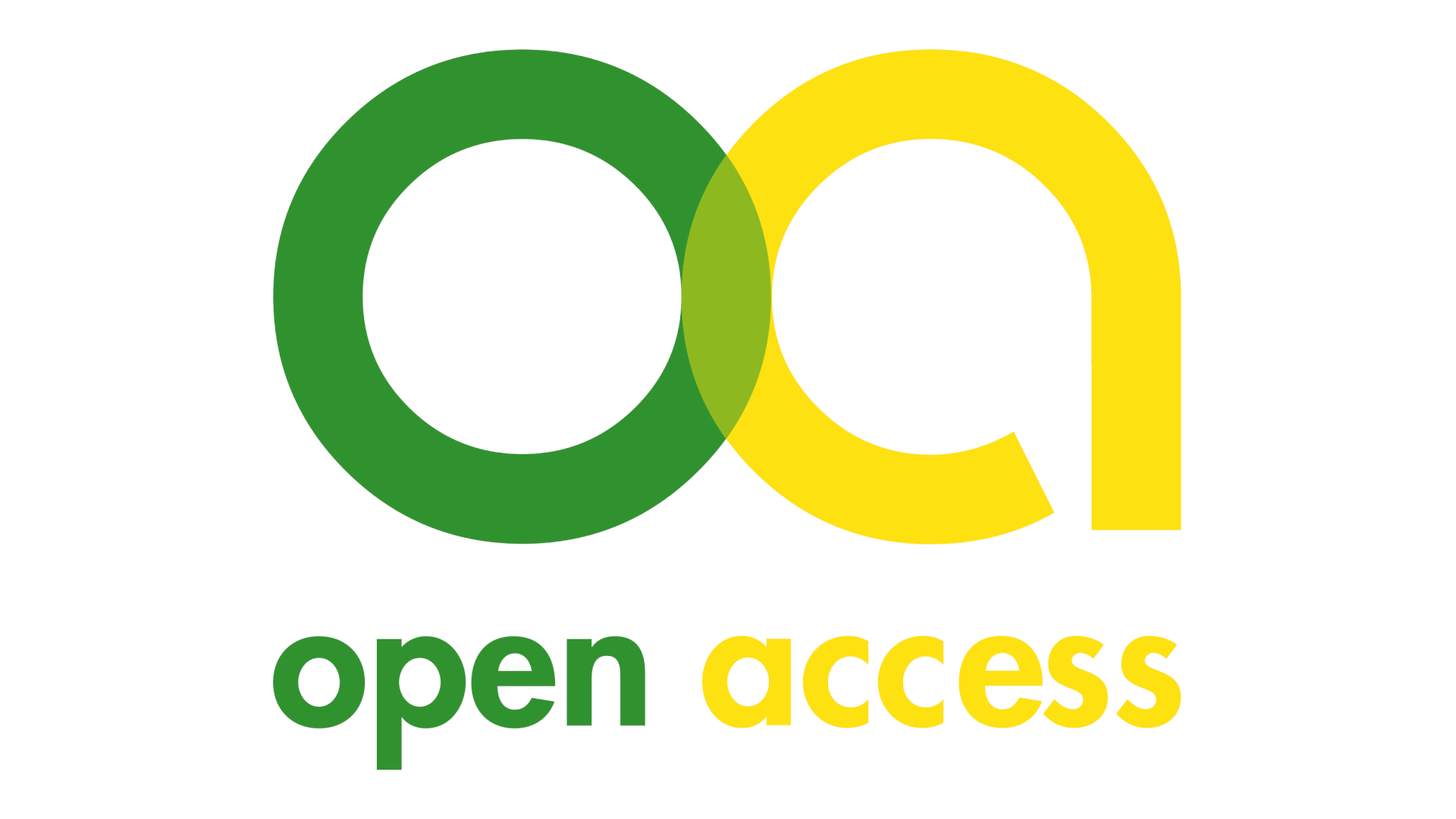FAQ Open Access
General
What is Open Access?
Open Access means that you can freely access scientific literature and other media on the internet. Open Access publications may be read, downloaded, saved, linked and printed without financial, legal or technical restrictions.
How do I profit from Open Access?
For authors, Open Access offers
- increased visibility and citation frequency of publications because of their free worldwide availability
- shorter publishing process – the document is available worldwide immediately upon completion
- easy access through search engines and reference services
- Priority assurance
- enhanced research efficiency as results can be discussed promptly
- lower production and distribution costs
For researchers and teachers, Open Access offers
- quick and free access to current, government-financed research results
- unlimited reading, copying, distributing, printing, searching and referencing of scientific publications
- improvement of information supply and a solution to the journal crisis
- long-term availability of publications
Contact
The Golden Road First Publication

The Green Road / Alliance and National Licenses Secondary Publication

- What is an institutional repository?
- Can I choose the repository myself?
- What are the conditions for secondary publication on DuEPublico?
- Can I publish my work for a second time as part of an Alliance or National Licence?
- How long is the period before secondary publication of my work is allowed?
- What is SHERPA-RoMEO?
- What is OpenDOAR (Directory of Open Access Repositories)?
- Which version of my work can I issue as secondary publication?
- Do I need my co-authors’ consent?
- Can I combine secondary publication with a license?
- What is an embargo period for secondary publication?
- What is a moving wall?
- How do I mark secondary publication part of an Alliance or National License?
First Publication
(The Golden Road)
Which Open Access journals are available?
The information platform open-access.net offers an overview of the different subjects.
Where do I find a checklist for publishing?
The Helmholtz Association offers FAQs on the subject "predatory publishing".
You will also find a checklist for your chosen journal to check if it is trusted:
- Do you or your colleagues know the journal?
Have you read any articles in the journal before?
Is it easy to discover the latest papers in the journal? - Can you easily identify and contact the publisher?
Is the publisher name clearly displayed on the journal website?
Can you contact the publisher by telephone, email, and post? - Is the journal clear about the type of peer review it uses?
- Are articles indexed in services that you use?
- Is it clear what fees will be charged?
Does the journal site explain what these fees are for and when they will be charged? - Do you recognise the editorial board?
Have you heard of the editorial board members?
Do the editorial board mention the journal on their own websites?
The complete checklist can be found on "Think Check Submit".
![]()
How much is an Open Access publication?
The aim of an Open Access publication is the free use for readers. Still, publishers incur expenses for the production and the supply of an article in an Open Access journal. An established business model is raising Article Processing Charges, APCs. These fees are paid by the author himself, or are partly or fully met by an institution the author belongs to.
Who holds the rights to my publication?
The author continues to hold unlimited right of use, but has to grant certain rights to the provider of the Open Access platform, namely the right to copy the work and make openly available. You can find detailed information here.
What support can I get?
Click here to find out about financial support options, such as the UDE publication fund and the Alliance and National License contracts.
If you have further questions, please feel free to contact openaccess.ub@uni-due.de.
Secondary Publication
(The Green Road / Alliance and National Licenses)
What is an institutional repository?
Institutional repositories are document servers which are operated, for example, by universities. On these servers, publications are stored and are made publicly accessible.
DuEPublico is the institutional repository of the University Duisburg-Essen.
Can I choose the repository myself?
Usually, you can choose the repository you prefer. In some cases, however, you have to choose your institutions's repository for your secondary publication. You can check in our overview what applies to you.
What are the conditions for secondary publication on DuEPublico?
The publication contract regulates secondary publication issues. Check your contract for details.
In addition, the websites of many magazine publishers contain information on the licensing conditions for secondary publication. The SHERPA RoMEO list is a good place to start when searching for license conditions.
Although the information on this page is not legally binding, in many cases you will find links to the relevant websites of the publishers.
The new Zweitveröffentlichungsrecht (Secondary Publication Act, see § 38, Abs. 4 UrhG) grants authors with publication contracts as of 01/01/2014 the right to secondary publication after one year. For this, the publication must be part of a research that has been financed by at least 50 % through public funding (for instance, third-party funds or other non-university means.
You find further statutory rules regarding secondary publications of articles from compilations in § 38 Abs. 1, 2, 3 UrhG.
Furthermore, articles that were published by authors of UDE in a journal with an Alliance or National License, may additionally be published on DuEPublico. You can find a list of participating publishers and their conditions here.
Can I publish my work for a second time as part of an Alliance or National Licence?
If your work was released by a publisher, for which there are licenses with Open Access rights for the Duisburg-Essen University Library, you can issue a secondary publication under the conditions specified therein.
An overview of the use of the negotiated Open Access rights can be found here.
How long is the period before secondary publication of my work is allowed?
The publisher determins the length of this period. Maybe a moving wall oder embargo periods apply. Please refer to the overview of alliance and national licenses, your publishing contract or the journal's website for details.
You may also use the SHERPA-RoMEO list to get an initial overview.
What is SHERPA-RoMEO?
SHERPA-RoMEO is a platform on which the conditions for secondary publications of numerous publishers or magazines are recorded. For example, information can be found here on whether publications may be republished, which version may be used (preprint, postprint or final publisher's version) and whether an embargo period must be observed.
The information on SHERPA-RoMEO is not legally binding, but often provides links to the relevant websites of the publishers.
What is OpenDOAR (Directory of Open Access Repositories)?
OpenDOAR is a quality assured index of scientific Open Access repositories.
DuEPublico is registered there.
Which version of my work can I issue as secondary publication?
Which version a publisher allows for secondary publication varies. The author contract or the information on the publisher's website is decisive. In the case of journal articles, the SHERPA RoMEO list may also provide an initial overview.
Possible versions are pre- and post-prints, and publisher's pdf-files.
Do I need my co-authors’ consent?
Before a composite work can be published on a repository, the consent of all co-authors must be obtained.
Alternatively, a so-called "corresponding author" can give his consent (provided that he has obtained all other authors' consent before).
There is no need to obtain the co-authors' consent, if the University Duisburg-Essen, as an institution, has been granted rights of use directly by the publisher.
Can I combine secondary publication with a license?
The author or the institution obtains Open Access rights as simple online publication rights within the context of secondary publication. Hence, no further usage permissions, for example Creative Commons Licenses, can apply.
What is an embargo period for secondary publication?
Embargo is a period agreed between the publisher and the author that lies between the first and a possible secondary publication.
The embargo period depends either on the contract or the publication and may vary in length. Sometimes, there is no embargo. In theses cases, the initial and the secondary publication can be released simultaneously. Check our overview of Alliance and National Licences or the SHERPA-RoMEO list for more information.
What is a moving wall?
A moving wall is a contractural period in which certain volumes are transferred from Allicance Licenses to National Licenses. All institutions that have signed up for a National License can then use the Open Access volumes.
How do I mark secondary publication part of an Alliance or National License?
The metadata of your secondary publication should contain a note on the rights granted. The work groups "Nationale Lizenzierung” ("National Licensing") and "Open Access" of the initiative "Digital Information" of the “Allianz der deutschen Wissenschaftsorganisationen” ("Alliance of German Science Organisations”) recommends the following wording:
"The copyright holder declares this publication freely accessible as part of an Alliance or National License (funded by the DFG)."
Please note:
All contents on these pages are for information purposes only and are not legally binding.


